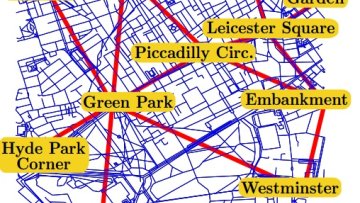Prime number races with very many competitors
Abstract
The prime number race is the competition between different coprime residue classes mod $q$ to contain the most primes, up to a point $x$ . Rubinstein and Sarnak showed, assuming two $L$-function conjectures, that as $x$ varies the problem is equivalent to a problem about orderings of certain random variables, having weak correlations coming from number theory. In particular, as $q \rightarrow \infty$ the number of primes in any fixed set of $r$ coprime classes will achieve any given ordering for $\sim 1/r!$ values of $x$. In this talk I will try to explain what happens when $r$ is allowed to grow as a function of $q$. It turns out that one still sees uniformity of orderings in many situations, but not always. The proofs involve various probabilistic ideas, and also some harmonic analysis related to the circle method. This is joint work with Youness Lamzouri.


